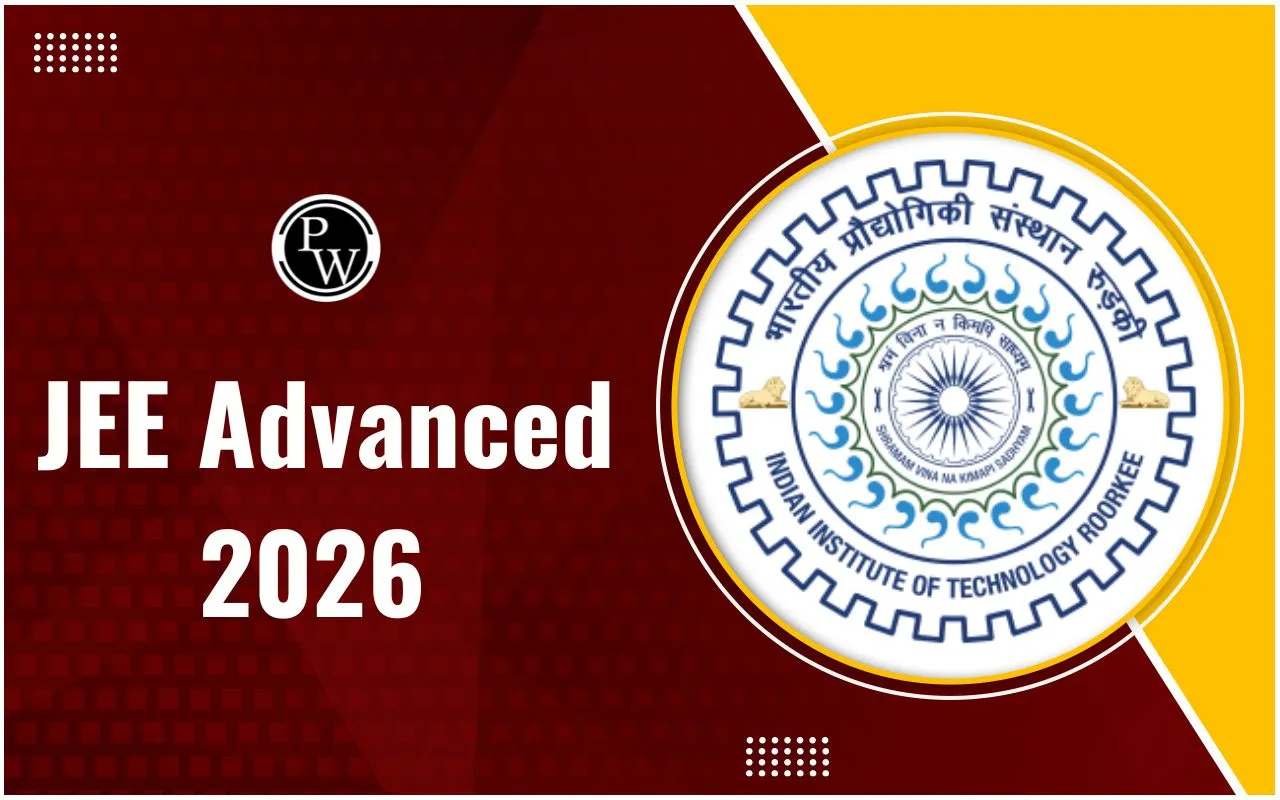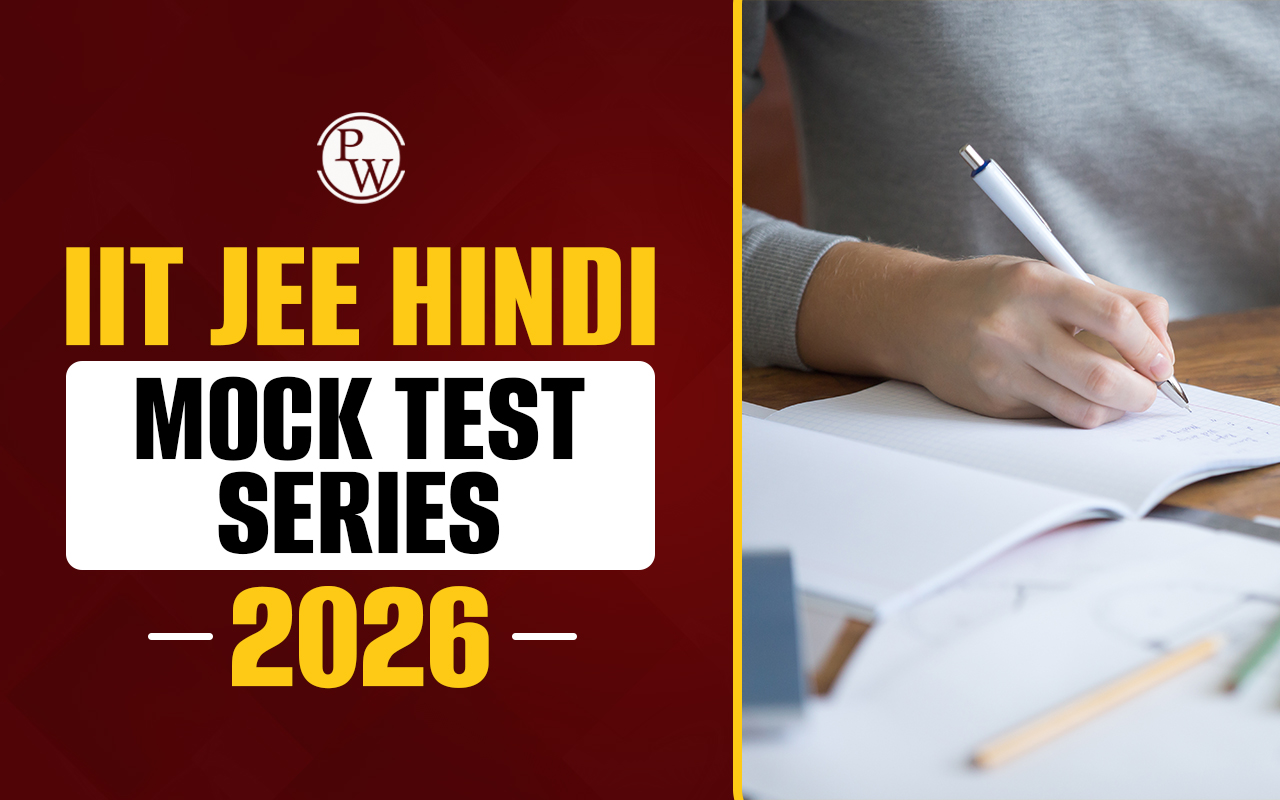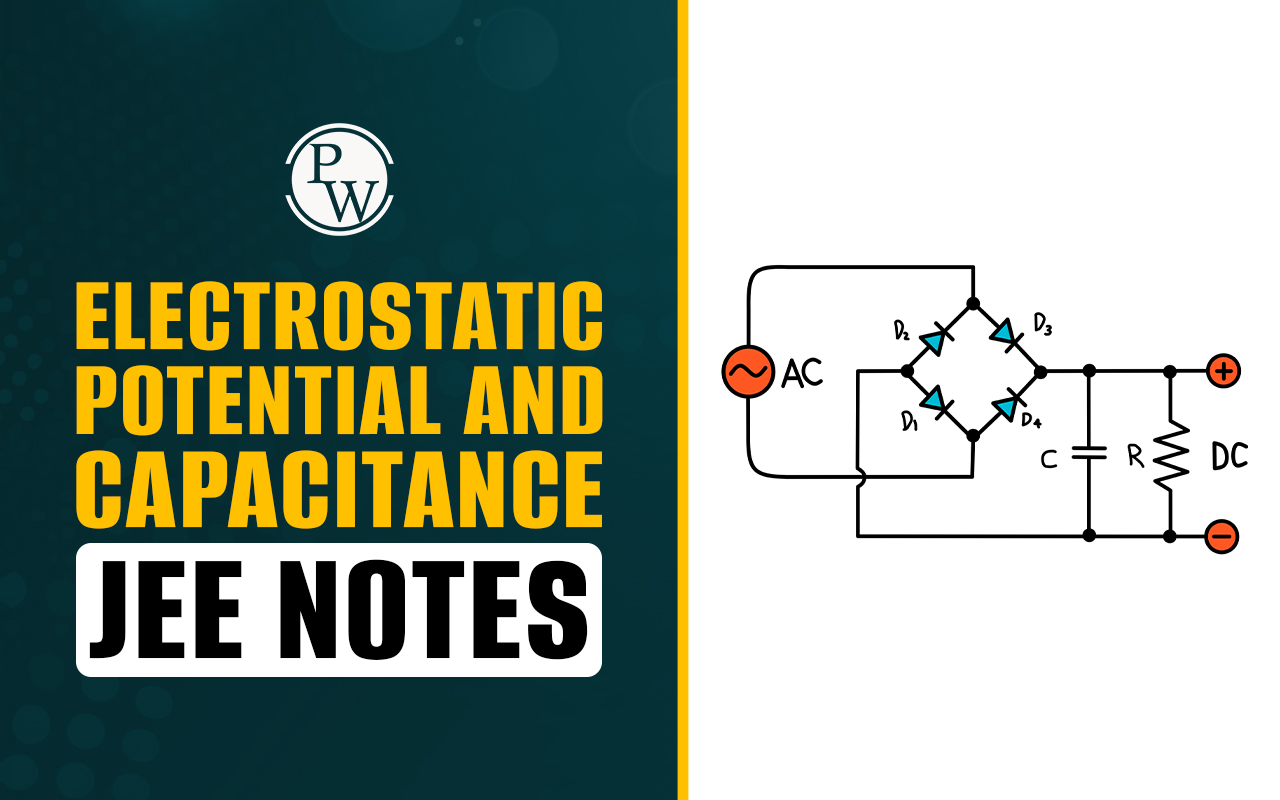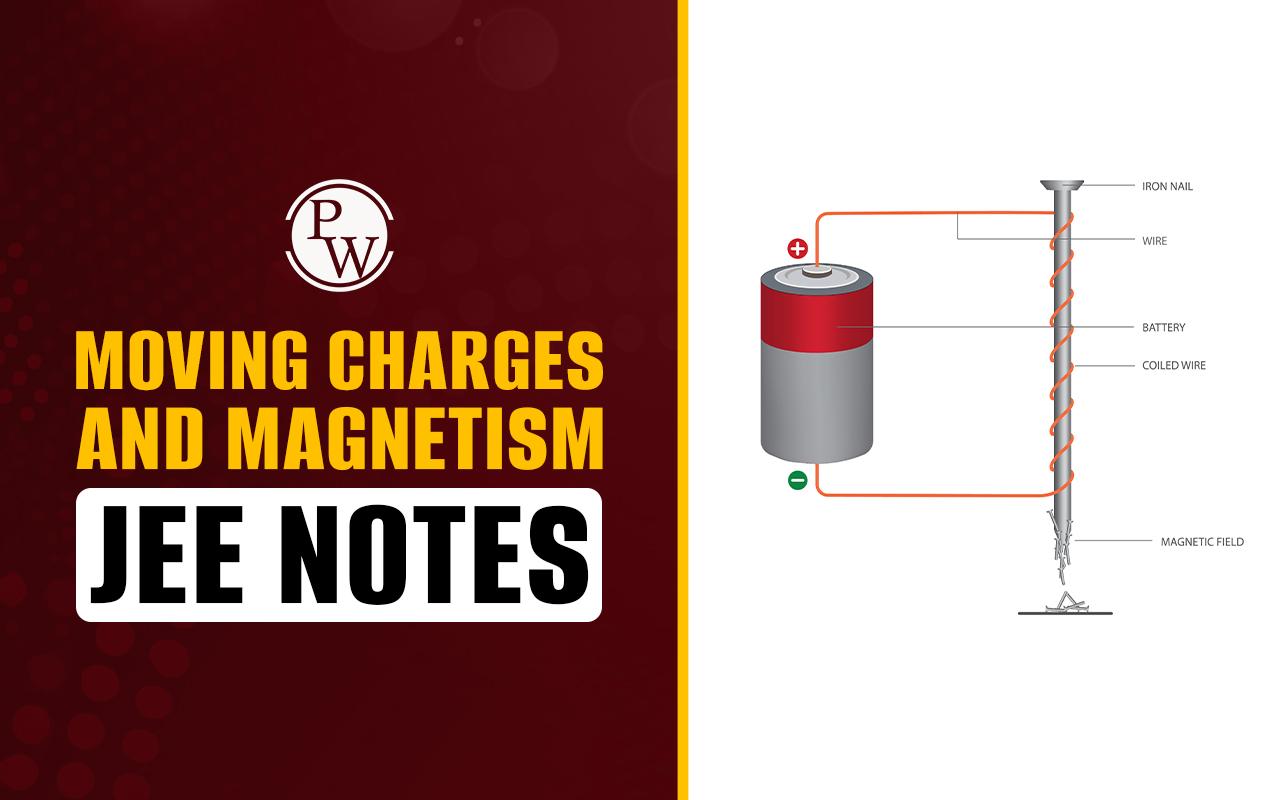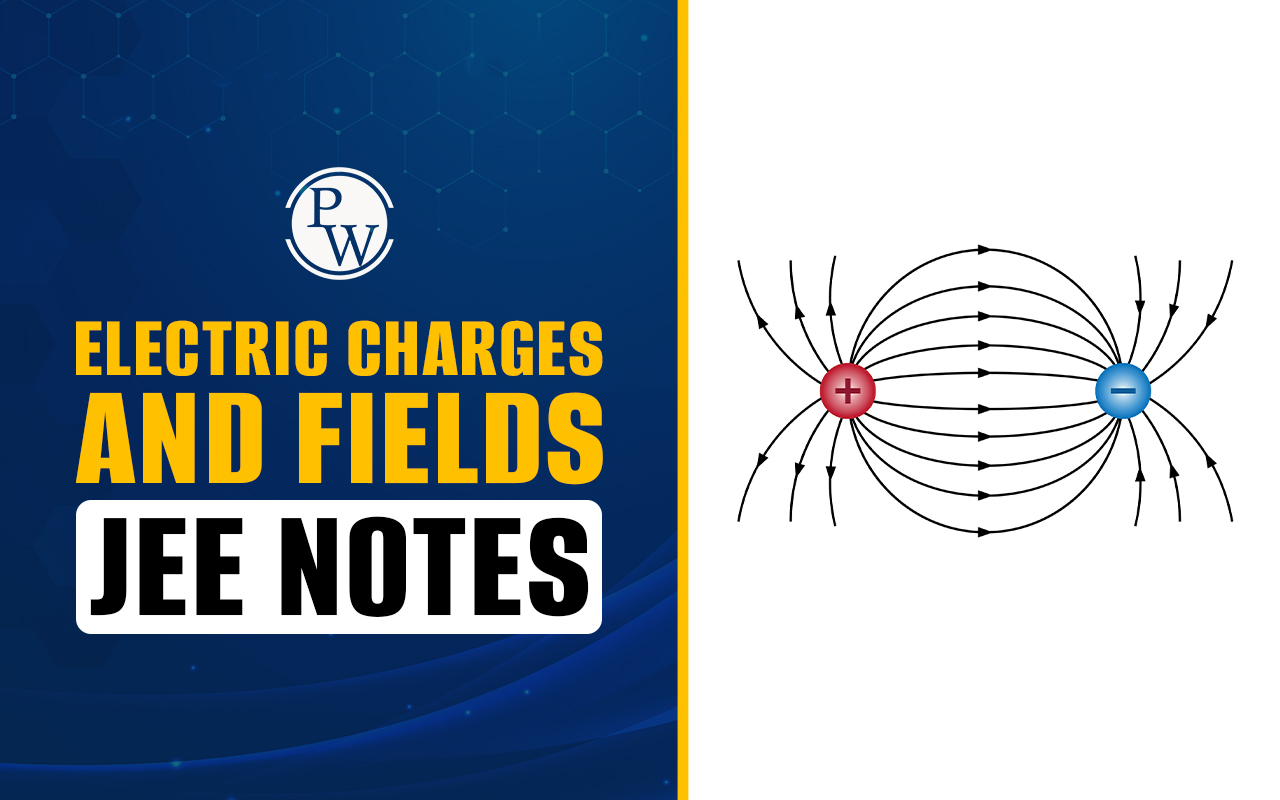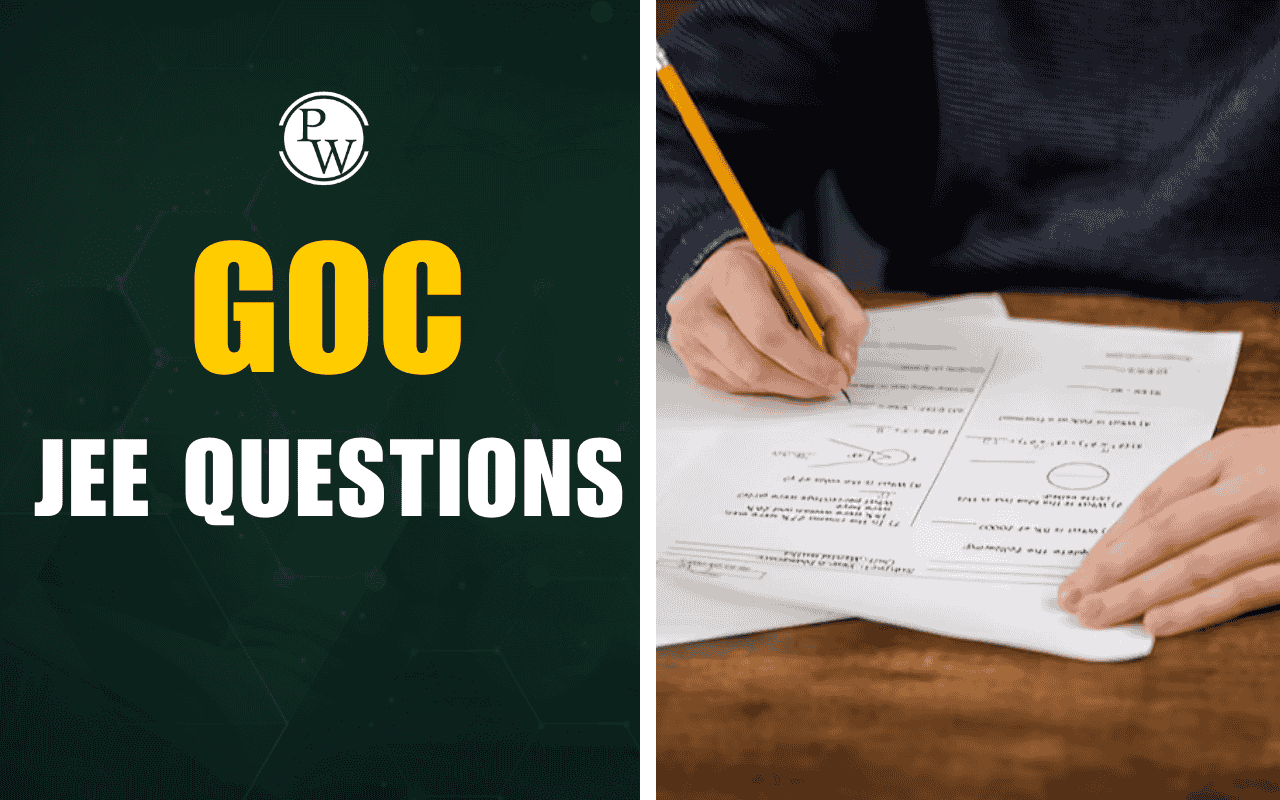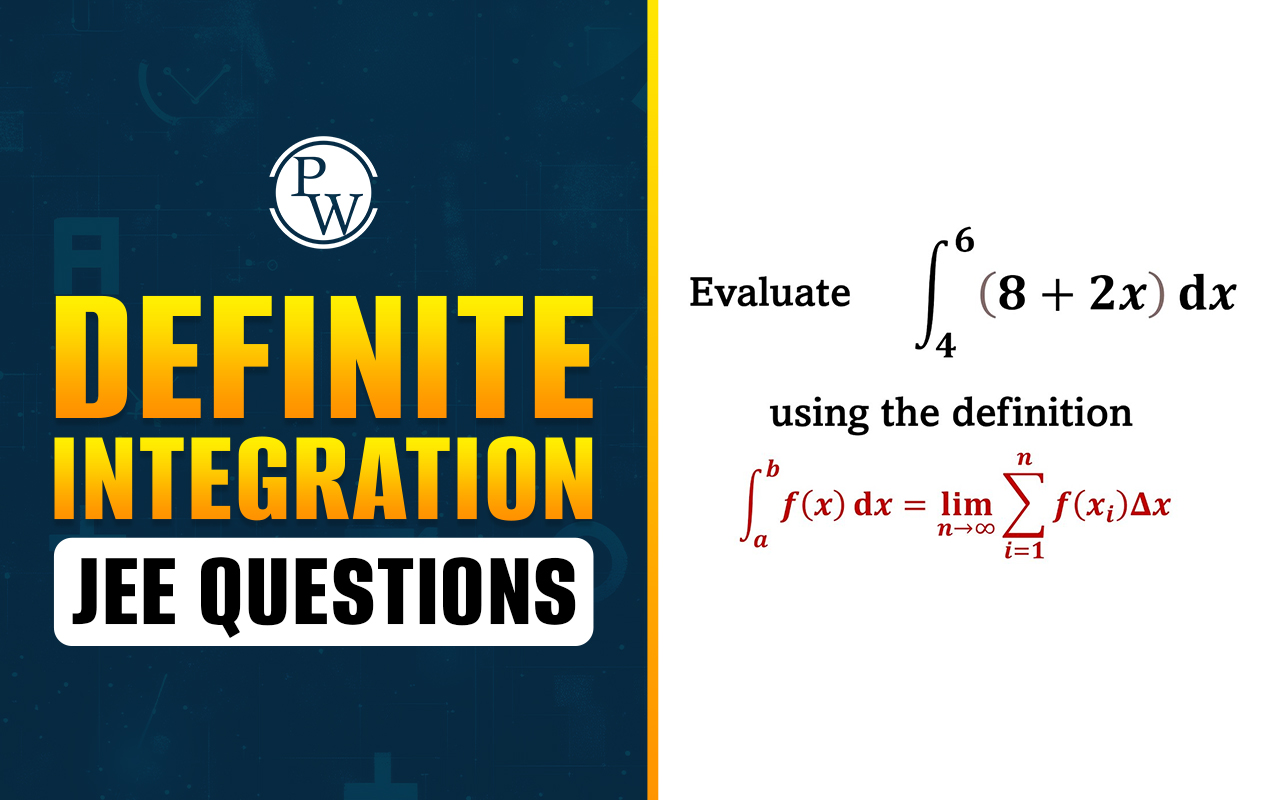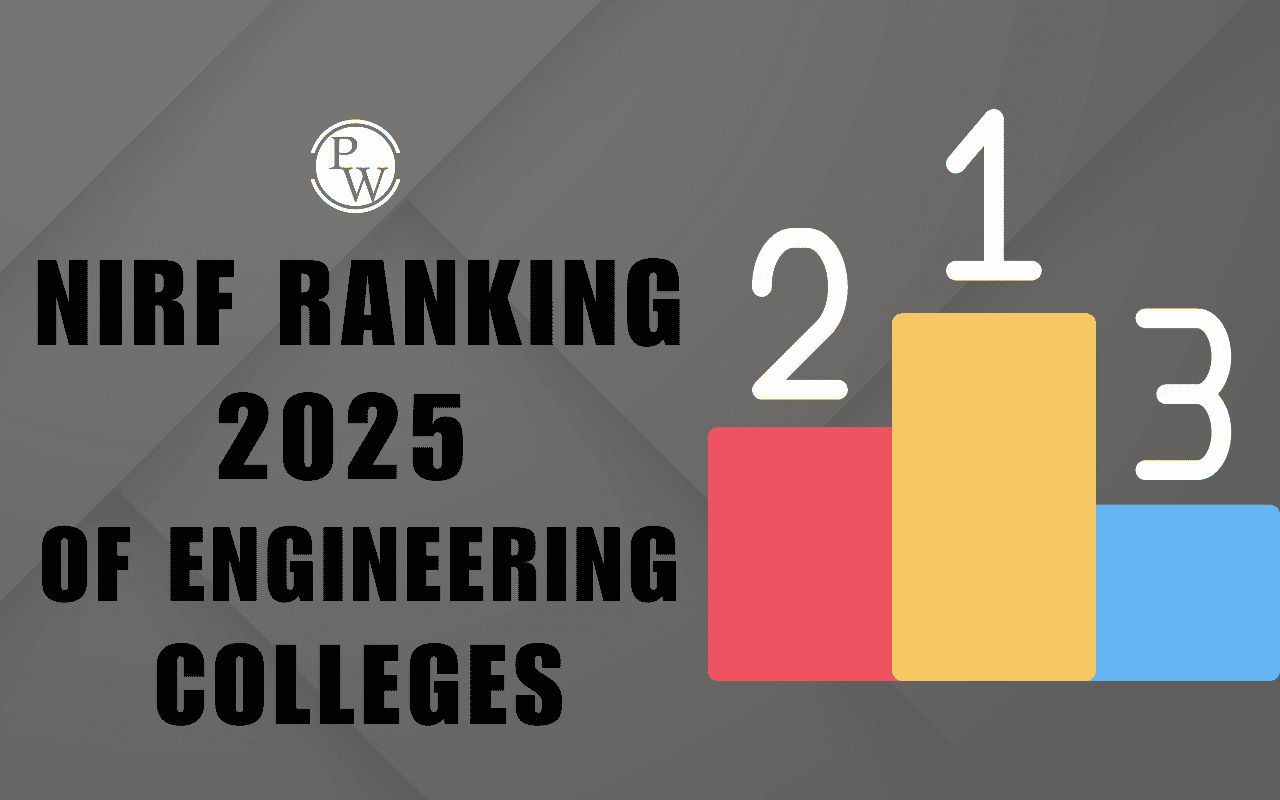

After JEE Advanced What Next is the most searched question among aspirants of engineering after the results of the exam are announced. JEE Advanced is amongst India's most sought-after entrance exams for students seeking to take up B.Tech courses in IITs at the top level. The JEE Advanced 2025 result has officially been declared by the Indian Institute of Technology (IIT) on June 02. Once you have verified your ranks and scores, you might start thinking about what happens after the JEE Advanced 2025 results. Knowing the proper direction after the results will decrease stress and allow you to organize your academic path better.
After JEE Advanced What Next Overview
Following the JEE Advanced 2025 result, students who have cleared will proceed to the JoSAA counselling after JEE Advanced. With this centralised counselling, students can seek admission in B.Tech programs at premier IITs, NITs, IIITs, and other GFTIs as per their JEE Advanced rank, category, and availability of seats. The IIT admission process after JEE Advanced is conducted by Joint Seat Allocation Authority (JoSAA) and involves several rounds in which students can enter their most desired choice of institutes and branches.
If the student failed to qualify in JEE Advanced 2025, there is no necessity to lose hope. You can opt for a drop year and prepare more strategically for JEE Advanced 2026. Numerous toppers pass in the second attempt with improved time management and practice. Or else, students can look for admissions through JEE Main ranks in IIITs, NITs, and private engineering institutes, or alternatives to IIT after JEE Advanced, such as B.Sc., research courses, or other entrance exams after JEE Advanced, based on personal interest and plans.
Also Check:
After JEE Advanced, What Next for Qualified Candidates?
Clearing JEE Advanced 2025 is a major achievement and creates opportunities to join some of the country's top engineering colleges. If you have cleared it, the next significant step is to participate in the IIT admission process after JEE Advanced. Being aware of how to get admission in IIT after JEE Advanced will assist you in making the right choices for your academic and professional life.
Attend JoSAA Counselling
Eligible students need to register for JoSAA counselling after JEE Advanced. There, you can enter your choices of IITs and branches you are interested in, given your JEE Advanced rank, category, and seat availability. The counselling is done in several rounds, so keep a tab on the official schedule and cutoff trends.
IIT Research and Branch Preferences
Prior to finalizing your options, do a complete analysis of different IITs, their placements, teachers, facilities, and the scope of other branches. Opt for a course that is of your interest as well as a long-term choice, not out of fancies or peer pressure.
Documents Ready for Verification
Make sure to gather all necessary documents like your JEE Advanced scorecard, Class 10 & 12 certificates, category certificates (if applicable), and ID proofs. These will be required during counselling and admission.
Be Open to Flexible Options:
If your first choice is not available in the initial few rounds, do not lose hope. You can choose float, slide, or freeze options in JoSAA rounds to modify your seat options. Students can get good seats at the final round.
Opt for Dual Degree or Interdisciplinary Courses:
Some IITs have dual degree (B.Tech + M.Tech) courses or interdisciplinary branches with high future prospect. These are excellent options if you fall short in core branches like CSE or ECE.
Plan Financially for Admission:
Once allotment, be ready to pay the fee and reach the institute. Some IITs also provide fee exemptions and scholarships based on category and income, so check your eligibility.
Prepare for the Next Chapter of Your Life:
After securing admission, prepare for the next fascinating chapter. Prepare mentally and academically to join the IIT fold. It's tough but rewarding as well as full of learning and opportunity.
Explore - JEE Online Courses by PW
After JEE Advanced, What Next If You Want to Take a Drop?
Should I take a drop after JEE Advanced? — If you believe in yourself and want a better rank next year, a drop can be a wise choice. Every year, many students choose to take a gap year to prepare again with better focus and strategy. Taking a drop can be a smart decision — if planned properly. Here’s what you should keep in mind as you move ahead.
Analyze Your Previous Attempt:
Begin by going over your JEE prep experience. Find out what didn't work for you — was it time management, conceptual clarity, revision approach, or test anxiety? This self-reflection will serve to enhance you in your second attempt.
Join a Reputed Coaching Institute or Mentorship Program:
Take admission in a dropper batch at a well-known coaching center or an online course specifically designed for repeaters. A proper study schedule, constant doubt-solving, and customized mentorship can prove to be really beneficial.
Adhere to a Regular Study Schedule:
Make the most of your drop year. Prepare a daily schedule and follow it through. Concentrate on strengthening your fundamentals, revising NCERT extensively, and solving previous year questions and mock tests regularly.
Avoid Distractions and Stay Motivated:
A drop year can be slow and isolating at times. Stay away from distractions such as social media, and be around people who are positive and motivating. Keep telling yourself why you dropped out in the first place.
Take Care of Your Mental and Physical Health:
Balance your studies with adequate sleep, regular exercise, and pauses. Stress management is important to ensure consistency and concentration all year round.
Set Realistic Goals and Track Progress:
Divide your preparation into monthly goals. Test yourself regularly and monitor your progress. Reward small victories and change your approach whenever necessary.
Have a Backup Plan:
Always prepare for some other entrance exams after JEE Advanced such as BITSAT, VITEEE, etc., just in case. Having more than one option makes you not dependent on only one avenue.
| JEE Advanced Maths Syllabus 2026 | JEE Advanced Chemistry Syllabus 2026 | JEE Advanced Physics Syllabus 2026 |
After JEE Advanced, What Next in the Admission Process?
After the declaration of JEE Advanced 2025 results, the IIT admission process after JEE Advanced starts for shortlisted candidates. It is crucial to know the subsequent steps clearly to make the admission process go smoothly and successfully. Right from JoSAA counselling after JEE Advanced to document verification, every step is crucial in getting your seat in an IIT or any other premier engineering institute.
Register for JoSAA Counselling
The very first step after qualifying is to register for the JoSAA (Joint Seat Allocation Authority) counselling. This process is mandatory for admission to IITs, NITs, IIITs, and GFTIs. You’ll need to fill in your preferred choices of colleges and branches based on your JEE Advanced or JEE Main rank.
Choice Filling and Locking:
After registration, you are required to choose and freeze your institutes and courses of choice within the specified deadline. Do thorough research on college cutoffs, branch preferences, placements, and scope for the future before making a choice.
Seat Allotment Rounds:
JoSAA performs various rounds of seat allotment. Depending on your rank, category, and preference, you'll be assigned a seat at one of the participating institutes. You can opt to accept the seat (freeze), seek a superior option (float), or move within the same institute (slide).
Document Upload & Online Reporting
After a seat is allotted to you, you are required to upload the documents and do the reporting online. If you don't do so in time, your seat can be cancelled.
Payment of Seat Acceptance Fee:
You are required to pay the seat acceptance fee to accept your seat. The fee can be different based on your category. Once this is done, you will be provided with a provisional allotment letter.
Physical Reporting to the Allotted Institute
Once the final allotment is done, candidates need to report to the allotted institution for physical verification, payment of fees, and completion of admission formalities as per schedule.
Stay Updated with Official Announcements:
Regularly keep visiting the official JoSAA and institution websites. Admission schedules, instructions, and important notices are routinely updated, and failure to meet a deadline can impact your admission.
After JEE Advanced, What Next for Low-Rank Holders?
It is frustrating to get a low rank in JEE Advanced choices if one is aiming for best IITs. But it doesn't necessarily imply that the engineering dream of yours is over. There are many good alternatives and career opportunities that are available for you to explore.
Consider Lower-Ranked IITs or Less Competitive Streams:
If your ranking is not great enough to get admission in top IITs or favorite courses like CSE or ECE, you can still enroll in lower-ranked IITs or opt for branches like Metallurgy, Mining, or Environmental Engineering. These courses also provide excellent career development if done with full dedication.
Discover NITs, IIITs & GFTIs through JEE Main Rank:
Even if your rank is low in JEE Advanced, you can get into NIT after JEE Advanced based on your JEE Main rank. You may even get a better NIT, IIIT, or GFTI through JoSAA counselling.
Take a Drop Year for Better Preparation:
If your dream is to study at a top IIT and you're willing to work harder, taking a drop year and preparing again for JEE Advanced 2026 can be a wise decision. Many students improve significantly in their second attempt with proper coaching and a focused study plan.
Look for Private Engineering Colleges:
Private engineering colleges like BITS Pilani, VIT, SRM, and MIT Manipal conduct their own entrance exams or accept JEE scores. These colleges also offer good placements and academic infrastructure.
Explore Alternative Courses & Career Options:
You can explore alternatives to IIT after JEE Advanced like B.Sc., BCA, Data Science, or Design. Fields like Data Science, Design, Mathematics, and Research are gaining popularity and offer excellent career opportunities.
Consult with Career Counselors:
If you're feeling confused or overwhelmed, talk to an experienced career counselor. They can help you assess your options and choose the best route based on your interest, strengths, and long-term goals.
After JEE Advanced, What Next If You Didn’t Qualify?
Not qualified JEE Advanced what next? If you didn’t clear JEE Advanced, your JEE Main score can still help you get into top colleges. Even if you didn’t clear JEE Advanced, your JEE Main score can still help you secure admission in top engineering colleges like NITs, IIITs, and GFTIs. These institutes offer quality education and great placement opportunities.
Take a Drop Year and Reattempt:
If IIT is your goal, you can take a drop and prepare again. How to prepare again after failing JEE Advanced? — by fixing your weak areas, staying consistent, and using better strategies.
Explore Private Engineering Colleges:
There are many reputed private engineering colleges such as BITS Pilani, VIT, SRM, and MIT Manipal that offer good academic programs and placements. These institutes either conduct their own entrance exams or accept JEE Main scores.
Look into Other Exams & Streams:
You can also explore other competitive exams like state engineering entrance tests, or consider alternative streams like B.Sc., BCA, or design and architecture courses depending on your interests.
Consider Emerging Career Fields:
Fields like Data Science, Artificial Intelligence, Cybersecurity, and Software Development are growing rapidly. You can enter these sectors through alternative academic routes and gain skills that are in high demand.
Seek Guidance from Mentors and Counselors:
Still confused? Speak to professionals who can help you understand what to do if I fail JEE Advanced. They can help you assess your strengths and suggest the best path forward based on your interests and goals.
After JEE Advanced What Next FAQs
What do I do after JEE Advanced 2025 result?
Can I join IIT after JEE Advanced with a low ranking?
What are the options if I didn't clear JEE Advanced?
Is it fine to take a drop after JEE Advanced?
How can I optimize my drop year for JEE Advanced 2026?





